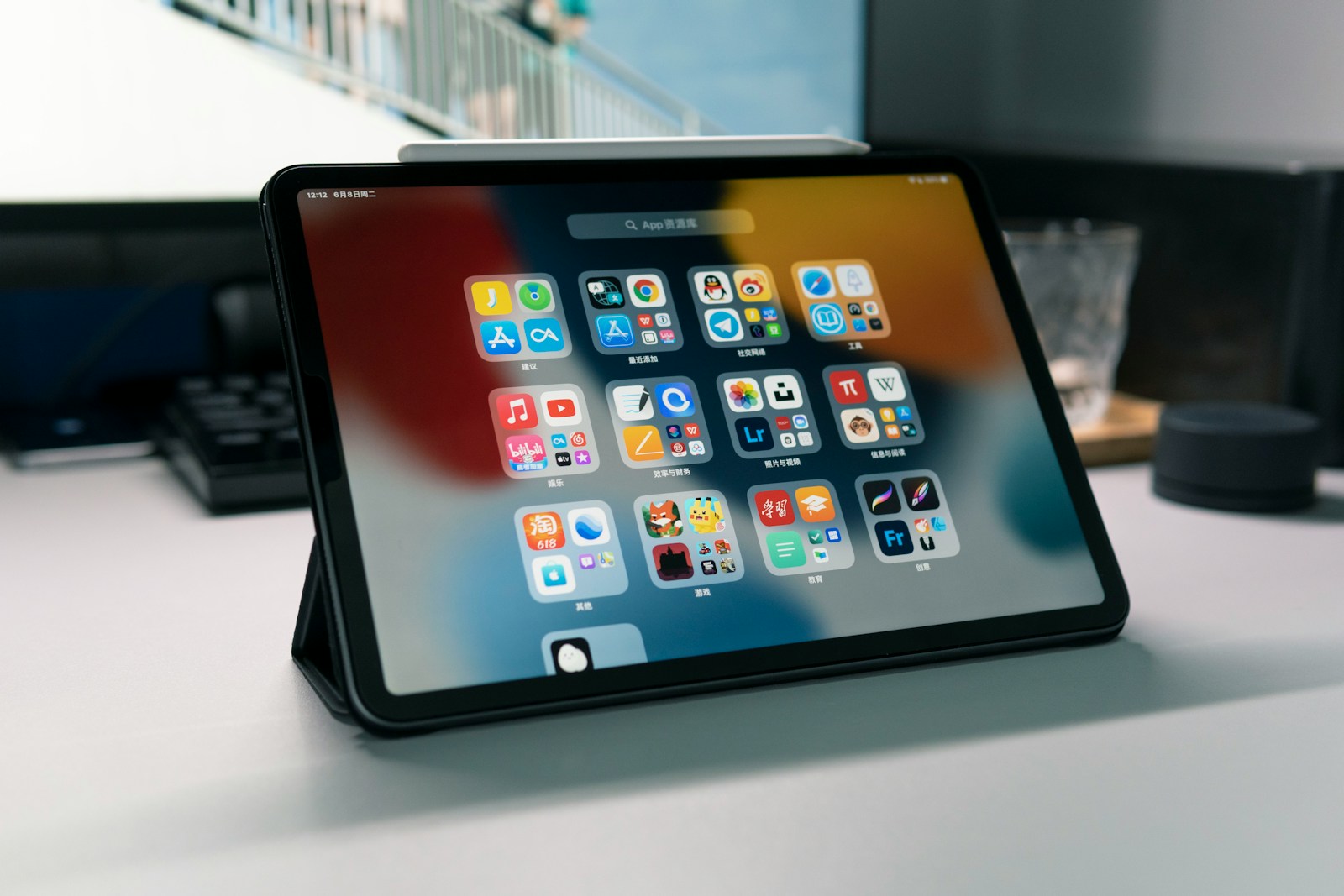iPads for Music Scores: A New Era in Sheet Reading
No one knows the name of the paper manufacturer that produced the sheet music Beethoven relied on or the books Bach handed to his musicians. You might grow up to be a musical genius, but the tools you use don’t have to be extraordinary–they simply have to work well for the task at hand. It’s the same story when it comes to the ongoing evolution in how musicians interact with music scores.
The way tech is changing music practice, performance, and management is undeniable. The folks building the tools don’t need to be creative prodigies or virtuoso engineers. They simply have to understand the needs of musicians enough to create something useful, and then let it weave into the fabric of modern workflows.
How iPads Revolutionized Music Scores
Paper has long been the trustworthy medium for music scores. From centuries-old compositions to contemporary arrangements, musicians spent their days flipping through pages and marking up their scores with pencils. But this process wasn’t perfect. Torn pages, missing sheets, inconvenient lighting, and clumsy page-turns were the struggles musicians endured without an alternative. Enter the iPad.
The iPad is not the only tablet on the market, but its seamless integration of hardware, software, and app ecosystems has made it an emblem of tech for music scores. Kevin Kelly once told us that technology grows as a species does, adapting and adjusting to meet new needs, and iPads have become emblematic of this evolution for musicians. From symphony orchestras to bedroom guitarists, performers are swapping their file cabinets and binders for sleek digital screens.
Advantages of Using an iPad for Music Scores
At its simplest, the iPad fixes problems paper couldn’t solve. With the right apps, musicians have access to a host of features that not only replicate but go beyond the limitations of traditional sheet music:
1. Unlimited Storage
No one has to lug around heavy stacks of books anymore. An iPad can hold thousands of music scores, from classical collections to contemporary charts, and all are at your fingertips whenever you need them.
2. Interactive Annotating
Writing notes in the margins becomes a joy–not a hassle. A connected stylus like the Apple Pencil allows for clean, precise annotations. Highlight tricky passages, mark up changes, or even color-code tricky sections without leaving permanent marks.
3. Quick Searching and Organization
Forget flipping through an unorganized pile of scores looking for that one specific piece. Apps like ForScore or Newzik let you tag and search by composer, title, genre, or custom keywords. It’s like having a personal librarian in the palm of your hand.
4. Hands-Free Page Turning
For performers, one of the hardest parts of working with paper music is turning pages mid-performance. Bluetooth foot pedals now exist to help iPad users flip pages seamlessly, providing an uninterrupted experience for pianists, guitarists, and orchestras alike.
5. Adaptability in Any Lighting
No more dealing with awkward angles or a bad stand light. iPads have backlighting, adjustable brightness, night modes, and even automatic dimming. Whether you’re on a brightly lit stage or performing during a candlelit concert, your screen adjusts effortlessly.
Popular Apps That Make It Work
iPads owe part of their success in the music world to the dedicated app developers who continue to push the envelope of digital scores. Each app offers its own take on how to make musicians’ lives easier. Some of the most widely used include:
ForScore
ForScore is often considered the industry standard. It allows musicians to create setlists, annotate their scores, and even sync devices for page turns during ensemble performances. Its robust features cater to both casual users and professionals.
Sibelius and Finale
These apps, while primarily score-writing tools, are used by composers and arrangers who want their work to live interactively alongside other digital scores on their iPad.
OnSong
Perfect for worship bands and singer-songwriters, OnSong focuses on chord charts and setlists rather than traditional notation, offering a streamlined way to manage and adjust performances.
Newzik
Favored by orchestral professionals, Newzik supports dynamic sharing of scores between members. It’s especially useful for conductors managing large ensembles, as edits and changes can be digitally propagated in real time.
Is It for Everyone?
Of course, not everyone has jumped aboard the iPad bandwagon. Traditionalists may still find comfort in paper, preferring its tactile quality and absence of battery dependency. But as iPads become increasingly powerful, lighter, and more affordable, the barriers to adoption are crumbling. Musicians today are simply asking their tools to help them do what they do with less friction. And in many cases, the iPad delivers.
“`
